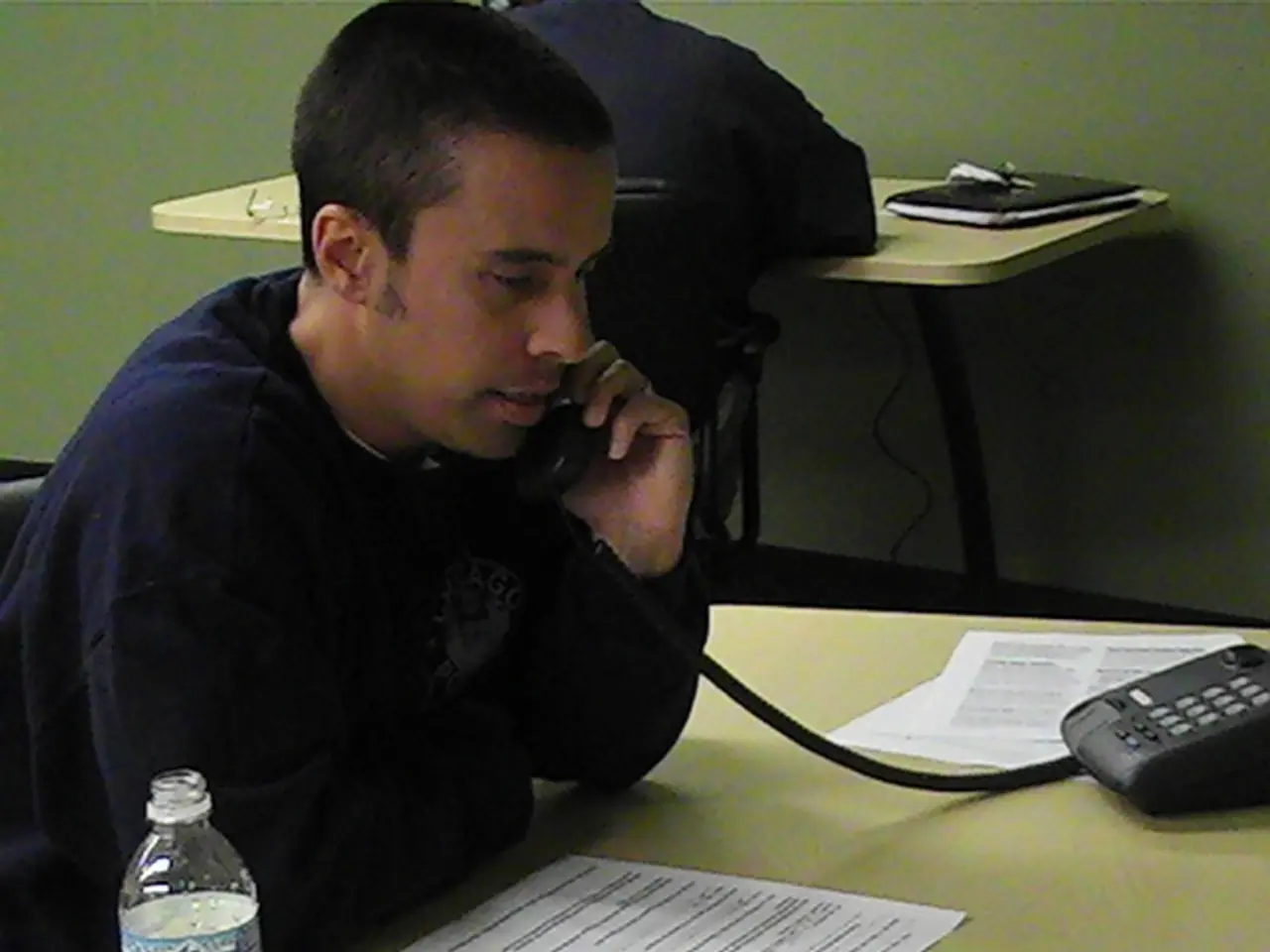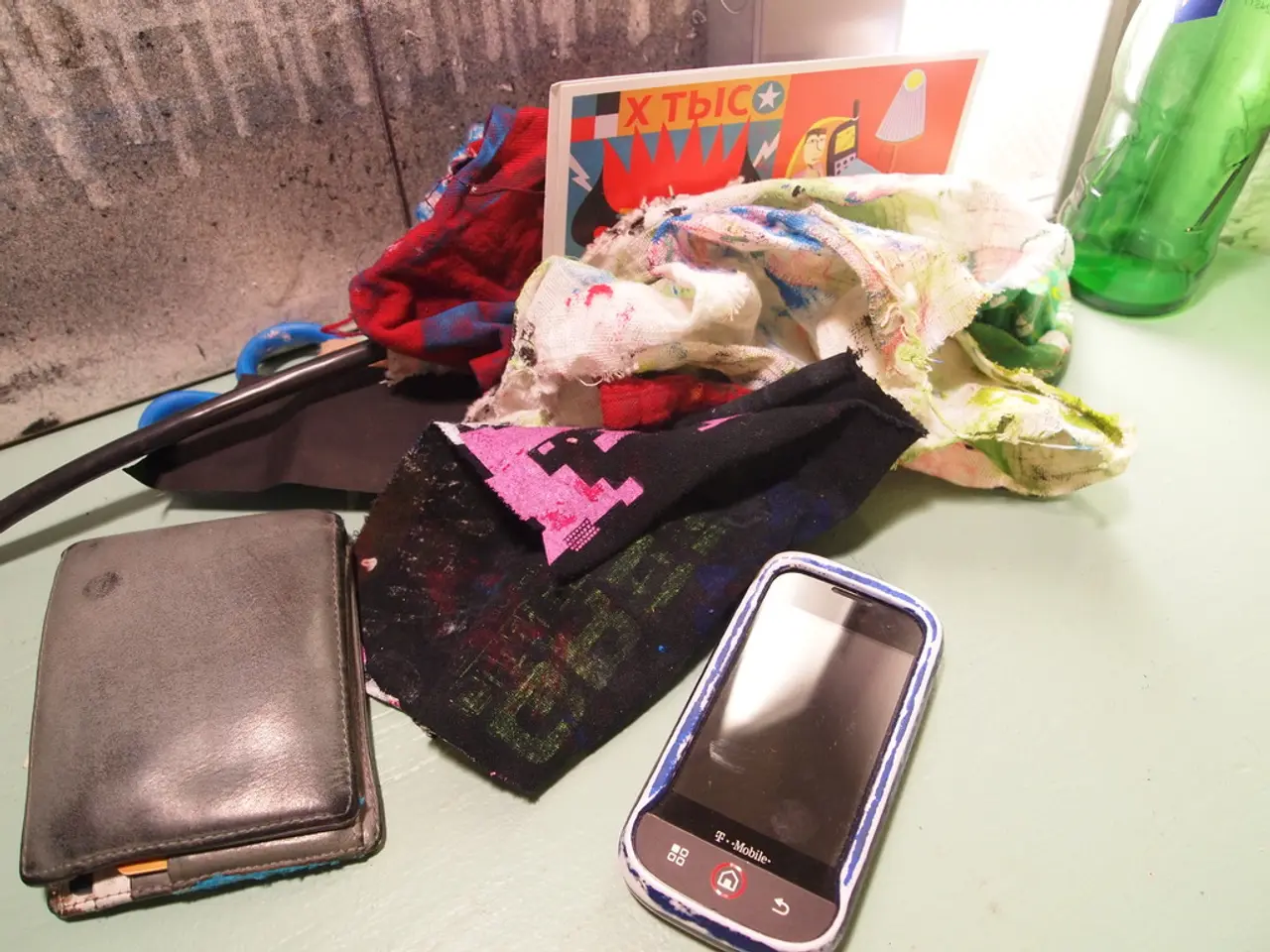Unannounced phone calls or video chats can catch some people off guard, leading others to question their appropriateness. Some argue that giving advance notice demonstrates respect for the other person's personal time and space.
## Navigating Communication in a Digital Age: The Preference for Texting and Video Calls Among Younger Generations
In today's digital world, the way we communicate with one another is evolving, and younger generations, specifically Gen Z and millennials, are leading the charge. A growing preference for texting over traditional phone calls is becoming increasingly apparent, and understanding the reasons behind this shift can help bridge the communication gap.
One of the primary reasons for this trend is the convenience and non-disruptive nature of texting. Texting allows individuals to communicate at their own pace, without the immediate pressure of responding that comes with a phone call. This flexibility makes texts less disruptive and more suitable for those who value a more relaxed approach to communication[1][3].
Another contributing factor is the avoidance of awkwardness that phone calls can sometimes bring. Texting offers a buffer that helps avoid those awkward moments, allowing people to compose their thoughts before responding[2][4]. Additionally, texting strips away unnecessary conversation, allowing individuals to get straight to the point. This efficiency in communication is often preferred over the potentially lengthy and less focused nature of phone calls[3].
However, there are instances where video calls are more appropriate. Video calls are often preferred for more personal or emotional conversations, as they provide visual cues and a sense of presence that can be lacking in phone calls[2]. They are also commonly used for group meetings or social gatherings, as they allow for better interaction and engagement among multiple participants. Furthermore, video calls are particularly useful for maintaining long-distance relationships, as they offer a more immersive experience compared to traditional phone calls or texting[5].
It's important to note that the line between welcoming and disruptive in communication is becoming blurred, and the rules of engagement can vary greatly depending on the relationship. For example, video calling a colleague out of the blue is considered rude and can interrupt their workday, while video calls with family members, romantic partners, or close friends are generally more acceptable[6][7].
Tools like Do Not Disturb and Caller ID have made it easier to manage boundaries, but it's essential to be thoughtful of someone's schedule, especially when breaking a typical pattern of communication[8]. When accepting a video or phone call, be aware of your surroundings, as a noisy or distracting environment can detract from the conversation[9].
In conclusion, while phone calls are less favored, video calls are seen as more acceptable in scenarios where visual interaction enhances the communication experience. Understanding the preferences and comfort levels of the people we communicate with can help us navigate this digital landscape more effectively and foster stronger, more meaningful connections.
[1] Boase, J. (2018). The affordances and constraints of smartphones: A sociological perspective. International Journal of Communication, 12, 5715. [2] Quan-Haase, A. (2018). The social life of smartphones: Communication, connection, and the digital divide. Routledge. [3] Quan-Haase, A., & Dutton, W. H. (2011). Social media and the future of work: The changing nature of work and the implications for social media. Information, Communication & Society, 14(5), 633-648. [4] Quan-Haase, A., & Wellman, B. (2012). Networked individualism: New social structures for the 21st century. Wiley-Blackwell. [5] Boase, J. (2018). The affordances and constraints of smartphones: A sociological perspective. International Journal of Communication, 12, 5715. [6] Quan-Haase, A. (2018). The social life of smartphones: Communication, connection, and the digital divide. Routledge. [7] Quan-Haase, A., & Dutton, W. H. (2011). Social media and the future of work: The changing nature of work and the implications for social media. Information, Communication & Society, 14(5), 633-648. [8] Boase, J. (2018). The affordances and constraints of smartphones: A sociological perspective. International Journal of Communication, 12, 5715. [9] Quan-Haase, A. (2018). The social life of smartphones: Communication, connection, and the digital divide. Routledge.
- In the midst of Toronto's dynamic lifestyle, technology plays a significant role in shaping health, culture, and relationships, especially among the younger generations embracing texting and video calls.
- The rise of media and news platforms, in Toronto and beyond, further contributes to the preference for texting, as they provide resources for instant, non-disruptive communication, aligning with Gen Z and millennials' preference for a relaxed approach.
- Digitally connected Toronto residents value video calls for discussions requiring emotional depth or personal connection, such as maintaining relationships, as the visual cues offer a sense of presence lacking in text and traditional phone calls.
- As technology advances and integrated into Toronto's culture, it's essential to consider the appropriate use of video calls and texts in various contexts, including professional relationships, to ensure effective communication, strengthen bonds, and maintain a meaningful lifestyle.




